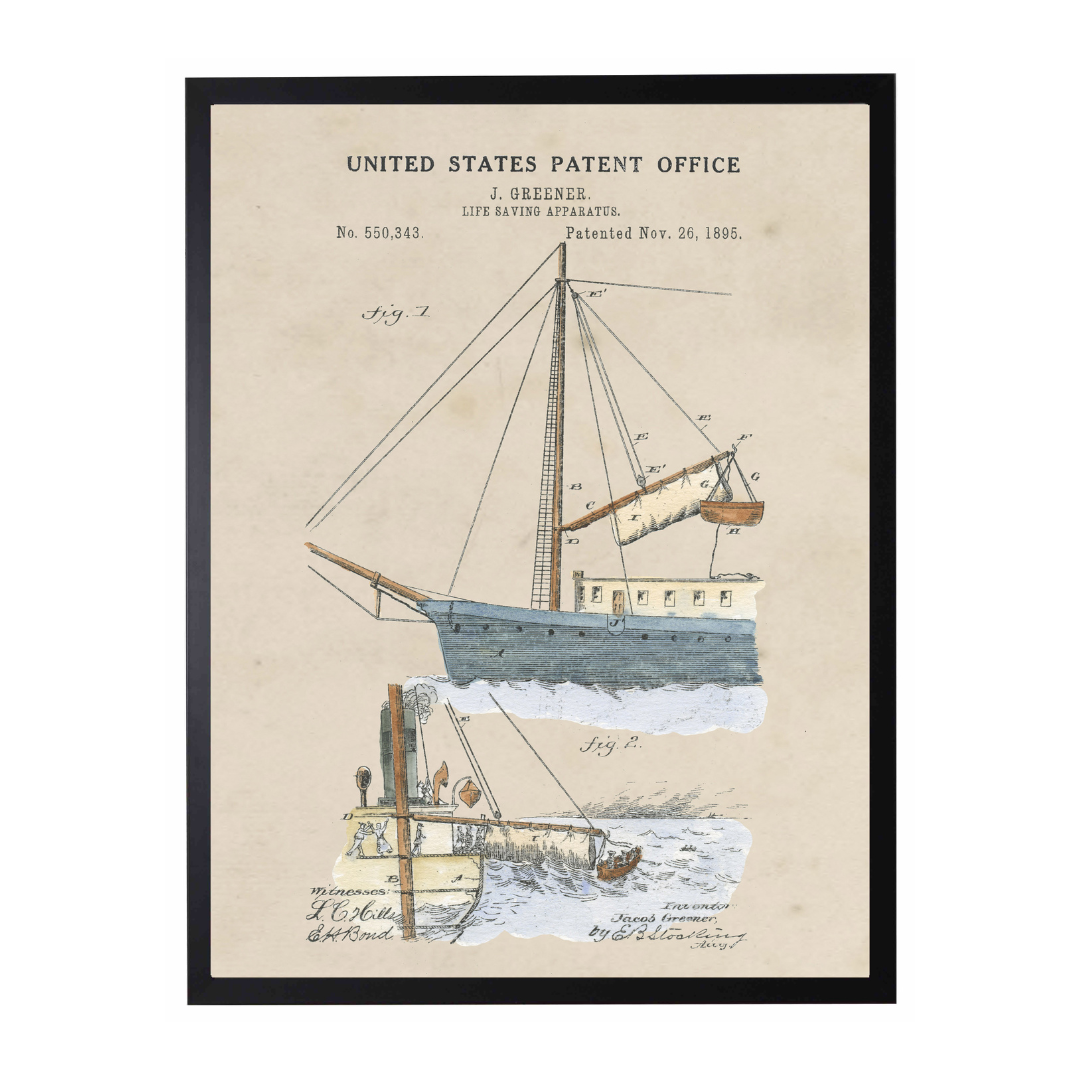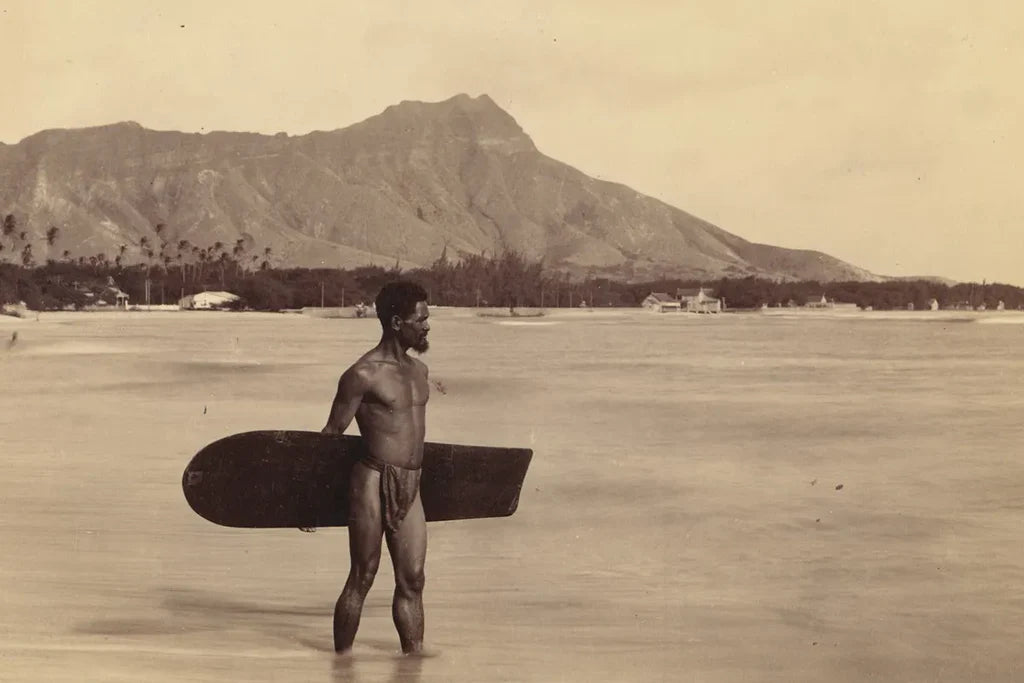From the very first lifeboat in the 17th century to the modern-day inflatable vessels, the lifeboat has evolved to become a dependable and reliable lifesaving device.
The earliest known use of lifeboats dates back to the 4th century BC in Ancient Greece. These vessels were constructed out of leather and were used to rescue people from shipwrecks. They were often equipped with oars and a rudder so that they could be steered to safety.

The first purpose-built, modern lifeboat is believed to have been invented by an Englishman, William Fitzwilliam, in 1691. His boat was a simple wooden frame with a sail and oars, and was designed to stay afloat in the event of a shipwreck. This was the first recorded attempt to create a boat specifically designed to rescue people from a disaster at sea.

In the 19th century, lifeboats were built with a more robust design and were equipped with sails and oars to enable survivors to navigate to safety faster. They were usually made of wood, but some were made of metal as well. The Royal National Lifeboat Institution, founded in 1824, began to standardize lifeboat designs and create a network of stations along the British coast.

The invention of the steam engine in the late 19th century revolutionized lifeboats and made them faster and more efficient. This allowed them to reach ships in distress much quicker than before. By the early 20th century, lifeboats had become an important part of maritime safety.
Despite the advances in lifeboat technology, there have been some moments of tragedy where ships were not adequately prepared for a disaster at sea. One of the most infamous examples of this is the sinking of the Titanic in 1912. The Titanic was equipped with lifeboats but only enough for around half of the passengers and crew on board. This tragically led to the deaths of over 1500 people when the ship sank.

Since the Titanic disaster, a number of key breakthroughs have been made in the design and construction of lifeboats. In the 1930s, motor-powered lifeboats were introduced and in the 1940s, the first inflatable lifeboats were created. These boats were designed to be lightweight, easily stowed and quickly deployed in an emergency.

Today, lifeboats are an essential part of maritime safety. They are designed to be faster, more maneuverable and more reliable than ever before. They are also equipped with modern safety features such as GPS, radios and emergency beacons, making them easier to locate.

In 1895, long before the Titanic sank, Jacob Greener of Elmira, New York filed a patent for the Life-Saving Apparatus. In his ingenious design, a pouch is fastened to a boom of a sailboat and contains a lifeboat; to lower the lifeboat into the water, all one needs to do is simply lower the boom. This design presumably made it much easier to escape a sinking ship.
Check out the patent




